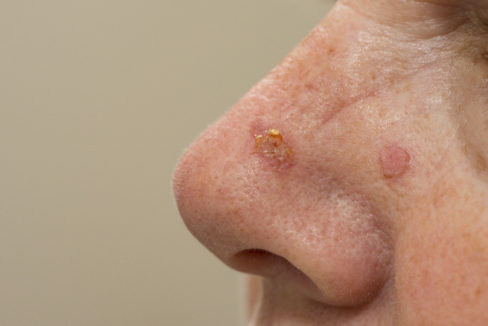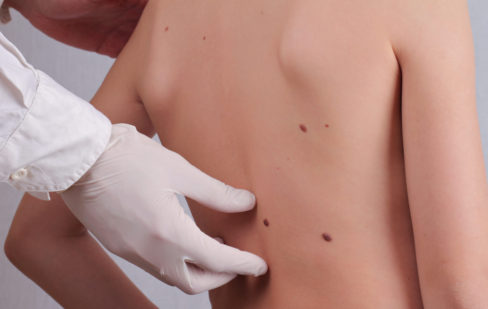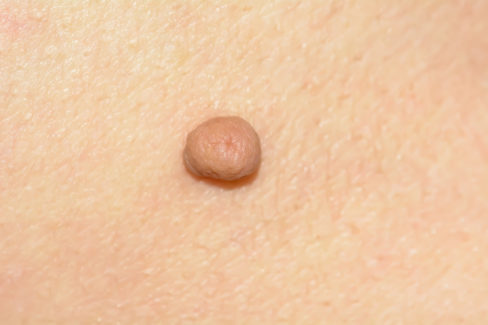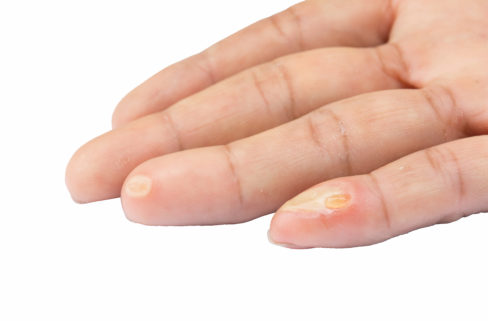There are many different types of growths that develop on the surface of our skin. Some skin growths are hereditary, some are part of the aging process, but most are not life threatening and are generally only removed for cosmetic reasons. Sometimes a lesion needs to be removed for medical reasons if bleeding, pain, inflammation, irritation, or if cancer is suspected.
Some of the most common skin growths are:
Dermatofibroma – these are benign lesions that generally appear on women’s legs as a result of trauma.
Cysts – these are sac-like structures that develope under the skin and contain different components. Cysts, in their many varieties, can occur anywhere on the body. The are often tenter and problematic.
Angioma- These growths are also commonly called cherry angioma due to their red color. Cherry angioma are generally benign but can occasionally become problematic.
Seborrheic Keratosis: Commonly referred to as liver spots or age spots, are generally part of the aging process. However, it is important to have them evaluated as they are sometimes difficult to differentiate from skin cancer.
This list is not exhaustive. It is important to see a dermatologist if you have questions regarding a lump, bump, or growth on your skin. Dr. Daoud and her team can assist you in diagnosing, or documenting any skin growth you encounter.




